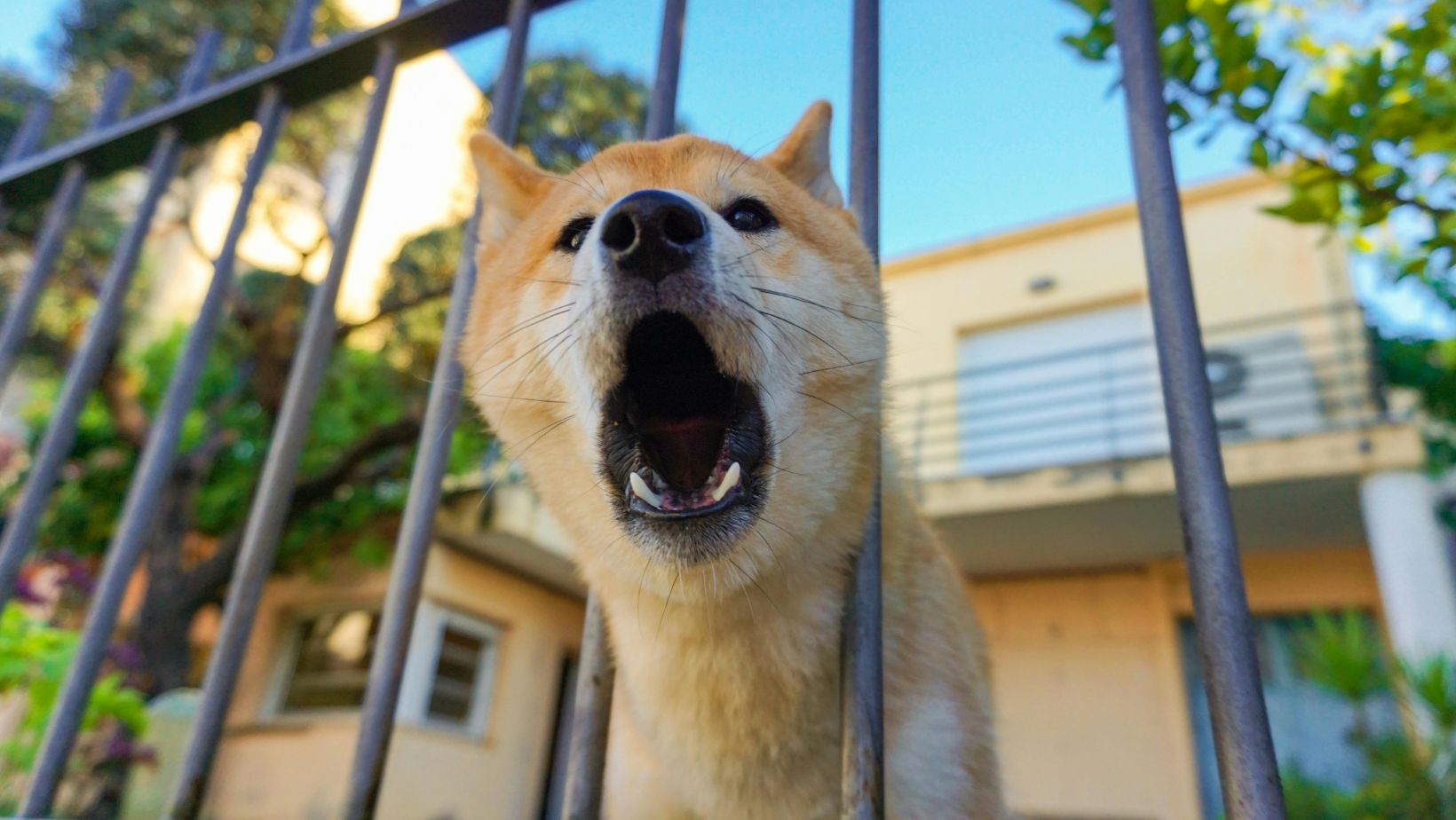If you’ve ever watched your dog squeeze through a gap in the fence or your cat scale a wooden barrier like it’s nothing, you know that keeping pets safely contained isn’t always as simple as it sounds. Pet owners have been trying to solve this problem for as long as we’ve had backyards. Today, the options range from classic wooden fences to invisible, tech-powered systems. But which approach really keeps your pet safe—and fits your lifestyle?
High-Tech Containment: The Invisible Approach
Enter the high-tech options: invisible fences, wireless boundaries, and GPS-enabled collars—including the increasingly popular gps dog fence systems. Here’s how they usually work: a transmitter sends a signal to your pet’s special collar. The collar beeps or vibrates when your pet gets close to the boundary. If they keep going, it delivers a mild static correction—a sort of “hey, stop right there” nudge.
The big draw here is flexibility. Invisible fences don’t block your view, and you can set them up across all kinds of terrain—hills, woods, even water. Wireless, GPS, and GPS dog fence systems are especially handy if you don’t want to dig up your yard or if you move frequently.
But there are trade-offs. Wireless systems can be finicky; trees, buildings, and even bad weather can mess with the signal. And while the static correction is designed to be safe, it’s not for every pet. Some dogs get anxious or ignore the correction altogether, especially if they’re determined to chase a squirrel or greet a neighbor.
Traditional Fencing: The Old Standby
Traditional fences—wood, vinyl, chain-link, or even stone—have been the go-to for decades. There’s a reason for that. They’re straightforward. You put up a barrier, and your pet can’t get past it—at least, that’s the idea. For a lot of folks, the appeal is obvious: you can see the boundary, and so can your pet. There’s no learning curve, no charging batteries, and no tech to troubleshoot.
But traditional fences aren’t perfect. Some dogs are born escape artists. They dig, they jump, and sometimes they chew right through the weakest spots. Building a fence can get complicated and expensive fast if your yard is hilly or oddly shaped. And let’s not forget about local zoning rules or the fact that a big fence can block the view or clash with your landscaping.
What About Safety and Reliability?
Traditional fences are easy to understand: if they’re built well and maintained, they work. But they’re not foolproof. Digging, jumping, and human error (like leaving the gate open) can all lead to escapes. Plus, they can be expensive to install and repair.
Invisible fences, on the other hand, rely on technology. If the power goes out or the collar battery dies, the system stops working. They also don’t keep other animals out, which could put your pet at risk. And while most pets learn the boundaries quickly, some will “take the hit” if they’re really motivated to get out. That’s why training is always key.
Making the Right Choice
There’s no one-size-fits-all answer. If you have a large, flat yard and a dog who’s content to lounge in the sun, a traditional fence might be all you need. If you want to keep your view clear or your property is tricky to fence, a tech system could be a better fit. Just remember that every method requires some effort, whether it’s building, training, or maintaining the system. Take a close look at your yard, your pet’s personality, and your own routine before you decide. After all, peace of mind for you means freedom—and safety—for your four-legged friend.




More Stories
Comparing the French, Swiss, and Austrian Alps for Skiing
WoW Raids Boost — How Modern Raids Actually Work
How People Play Games While Connecting Through Dating Sites